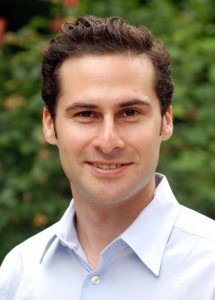March 9, 2011
Tech Blog #7: STAR Lab Workshop — Microsoft Word 2007 Intermediate
Posted by Erin under Tech Blog | Tags: GMU STAR Lab, Microsoft Word 2007 |No Comments

The Microsoft Word 2007 Intermediate course offered by George Mason University covers a variety of user topics such as:
- inserting dates
- inserting symbols
- adding Quick Parts (allows you to store a heading, title, certain piece of info, etc. and allows you to open it on various blank documents)
- using AutoFormat (formats a document as your type by analyzing your text)
- setting up, navigating and entering text into a table
- inserting a blank line
- hiding/showing gridlines in a table
- converting existing text into a table
- inserting Quick Tables (already-formatted tables for things such as calendars)
For me, the most helpful lesson out of all of the things we touched base on was learning about how to create a table. I have always had trouble getting the tables I make to come out correctly with the right number of rows and columns, however the instructor made it easy to set a table up. All you need to do is go to the “Insert” page, click on the “Table” button, and select the dimensions for your table. By then clicking on the “Design” button, you can create a design for your table and color-code it according to specific categories.
You can even convert your written text to a table automatically by highlighting the text and then clicking on the “Convert Text to Table” button. This is an easy option if you don’t know how many columns or rows you are going to have at the start of your table project.
For more Microsoft Word 2007 help, visit Word’s Help and How-to website or their Training website.
(Johnson Center, Room 311B)



